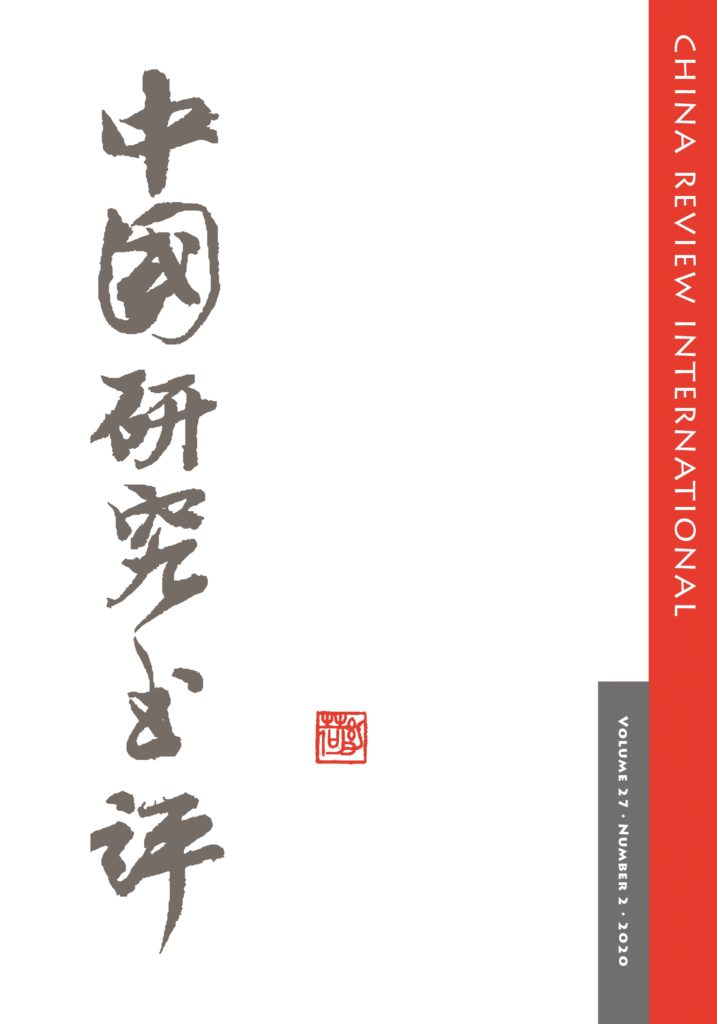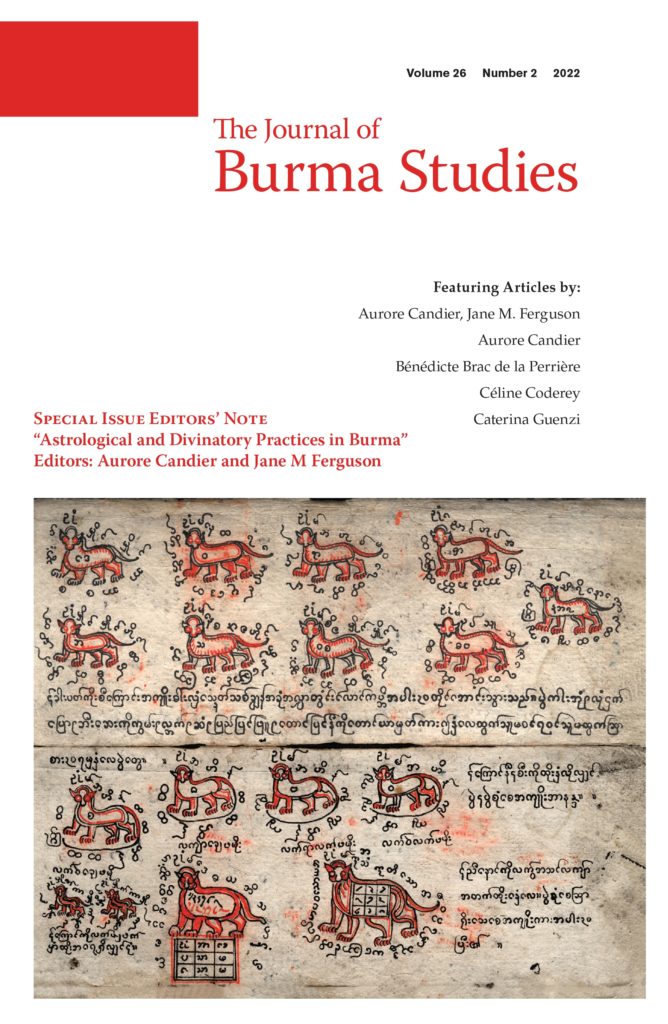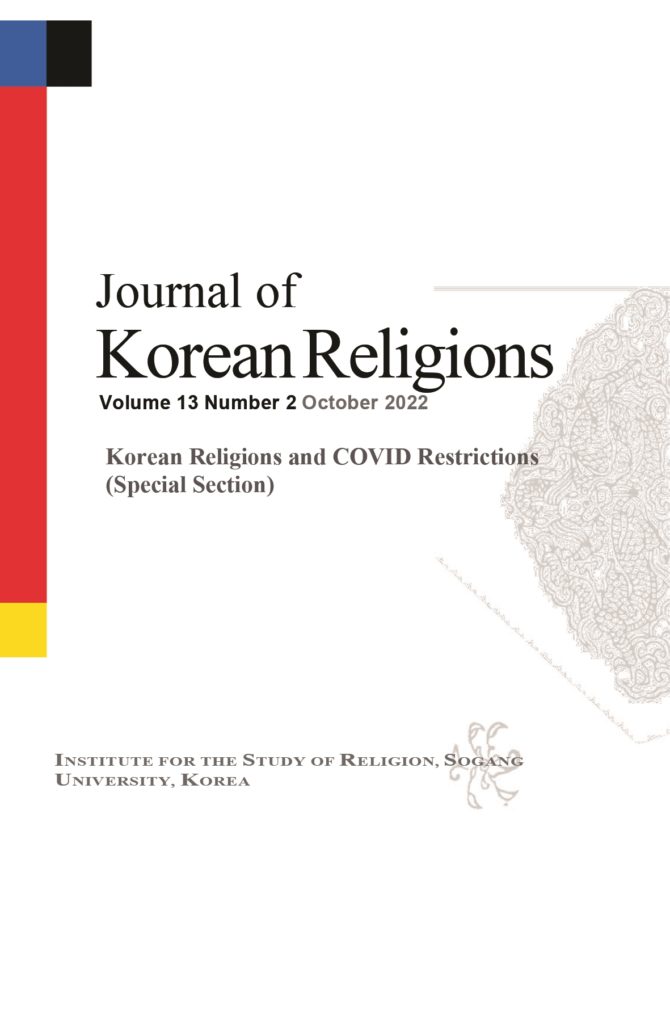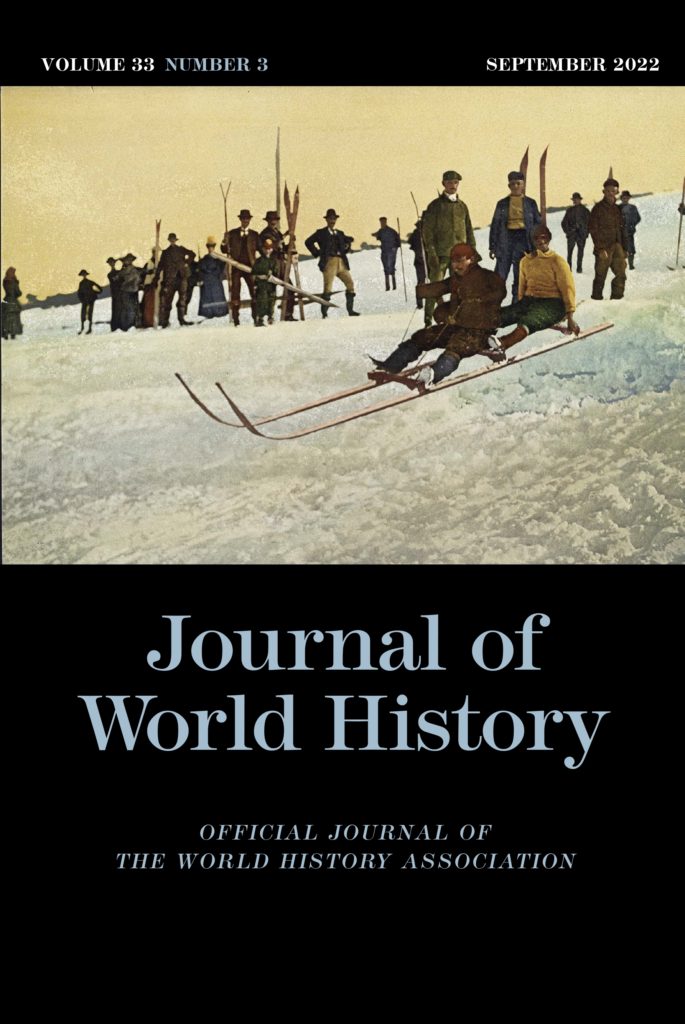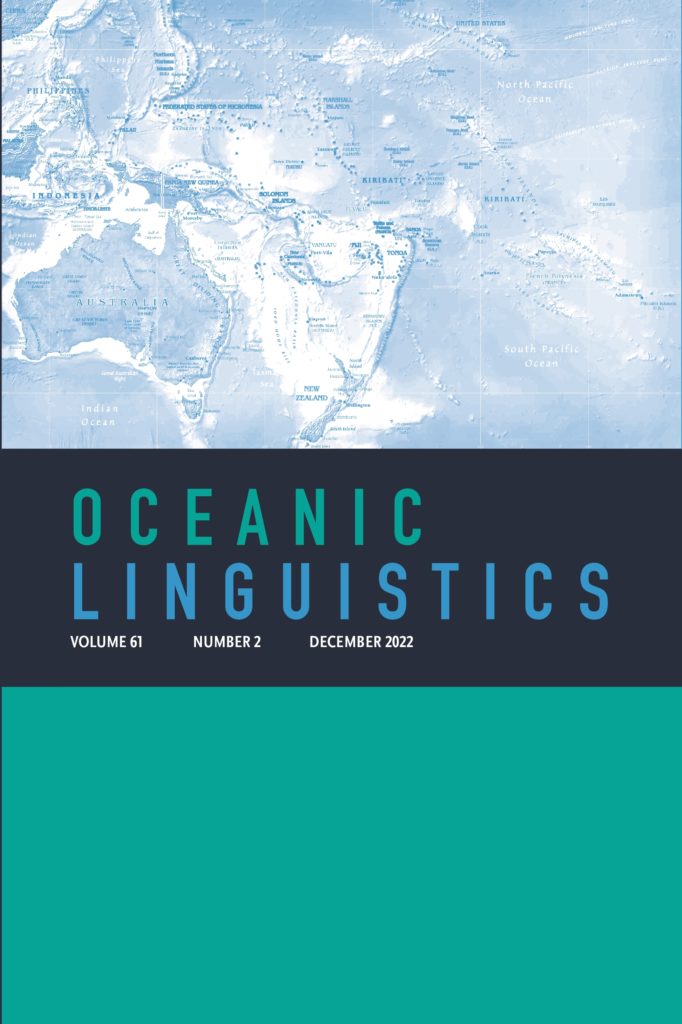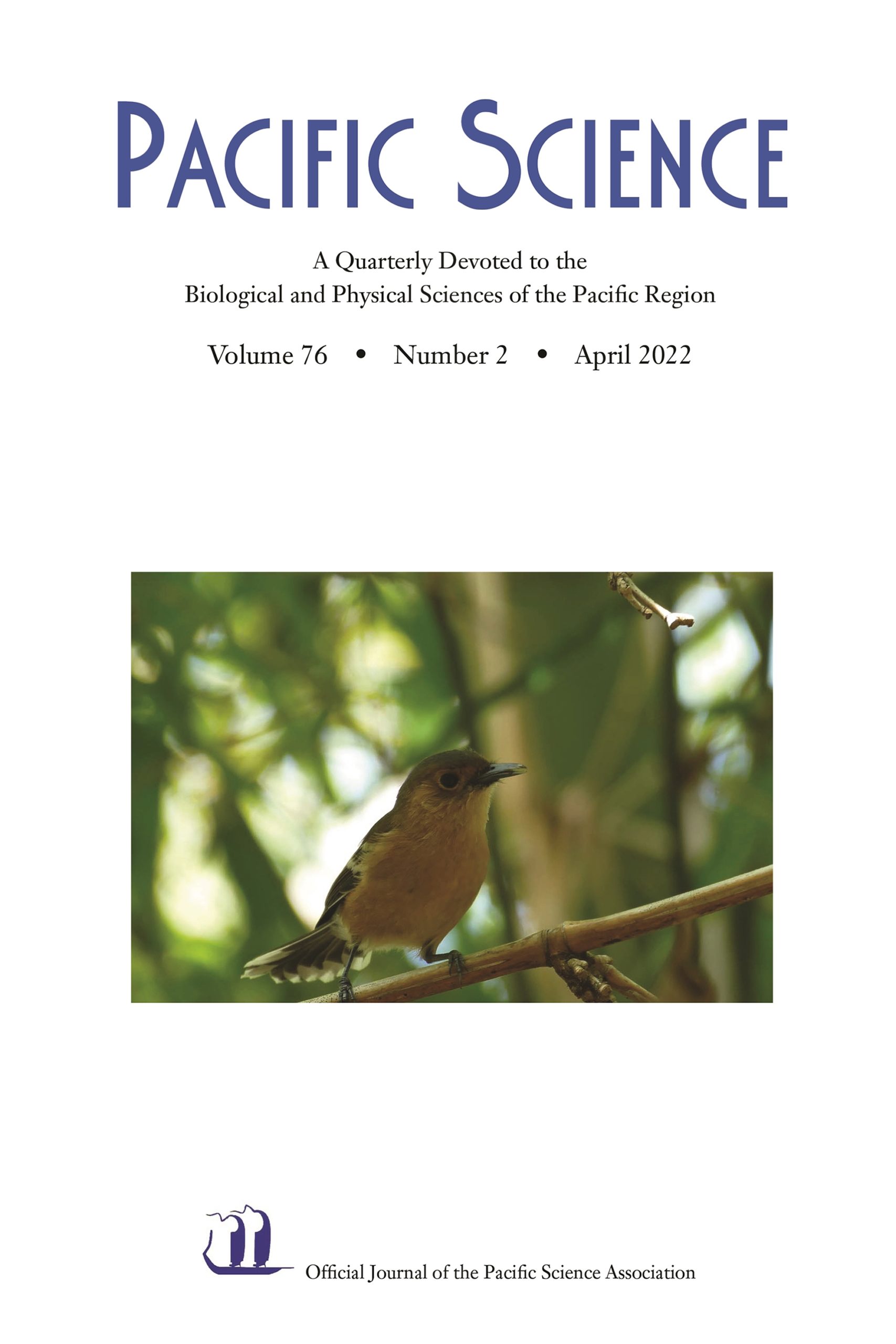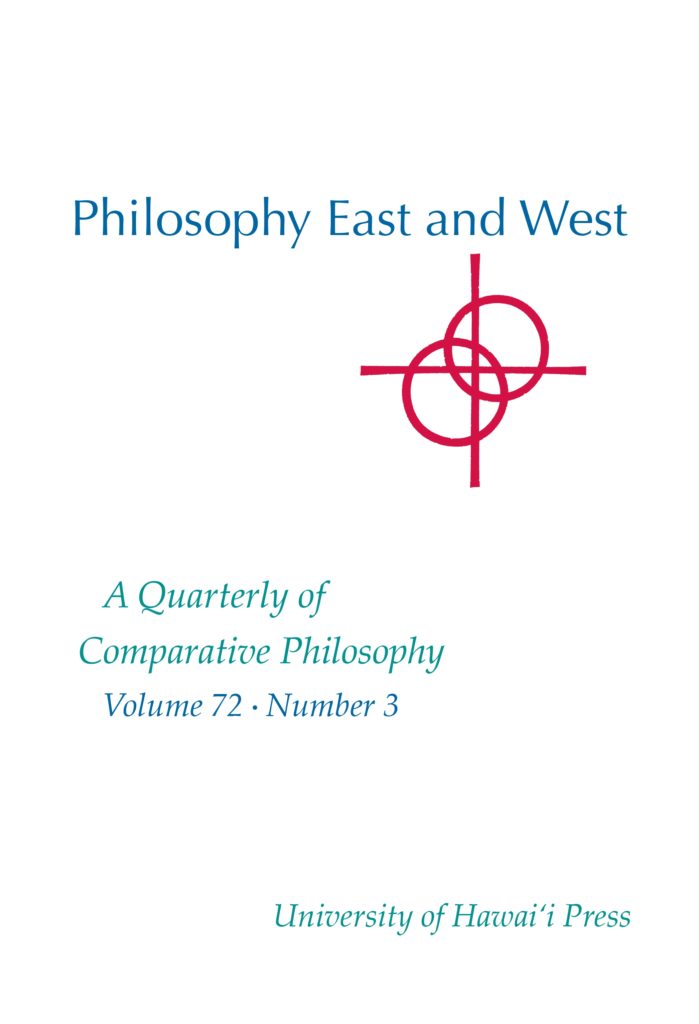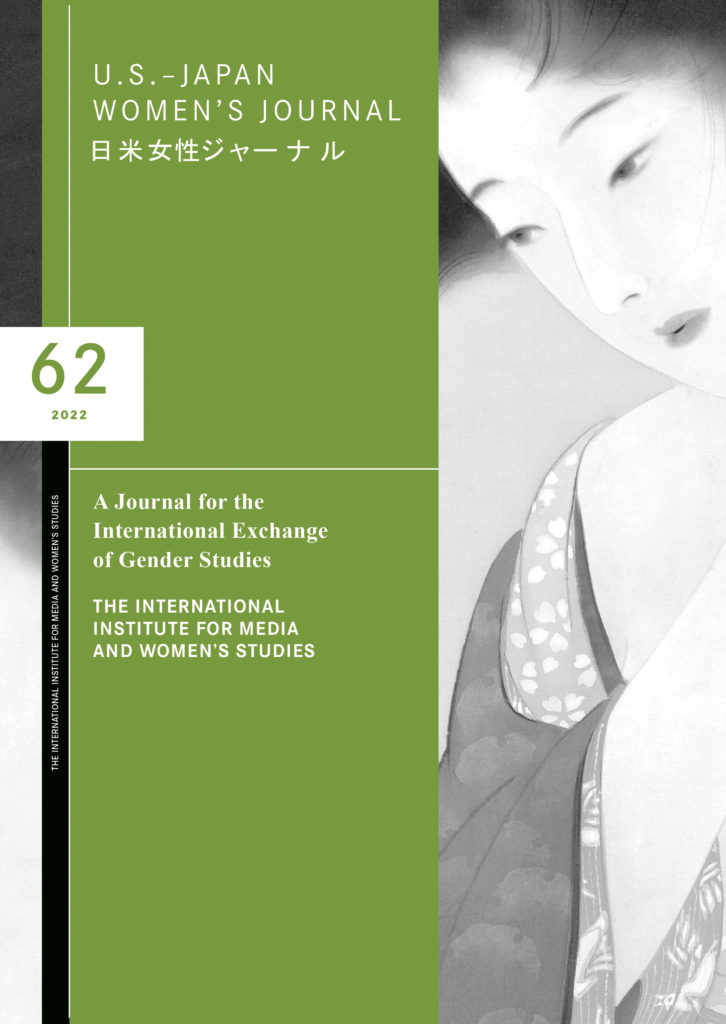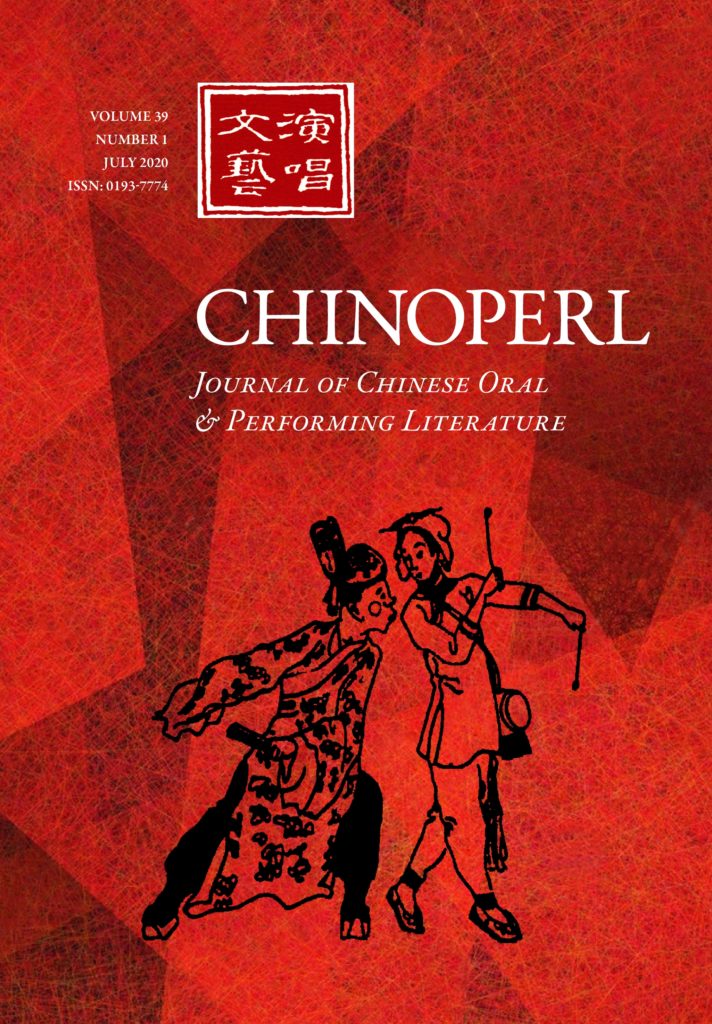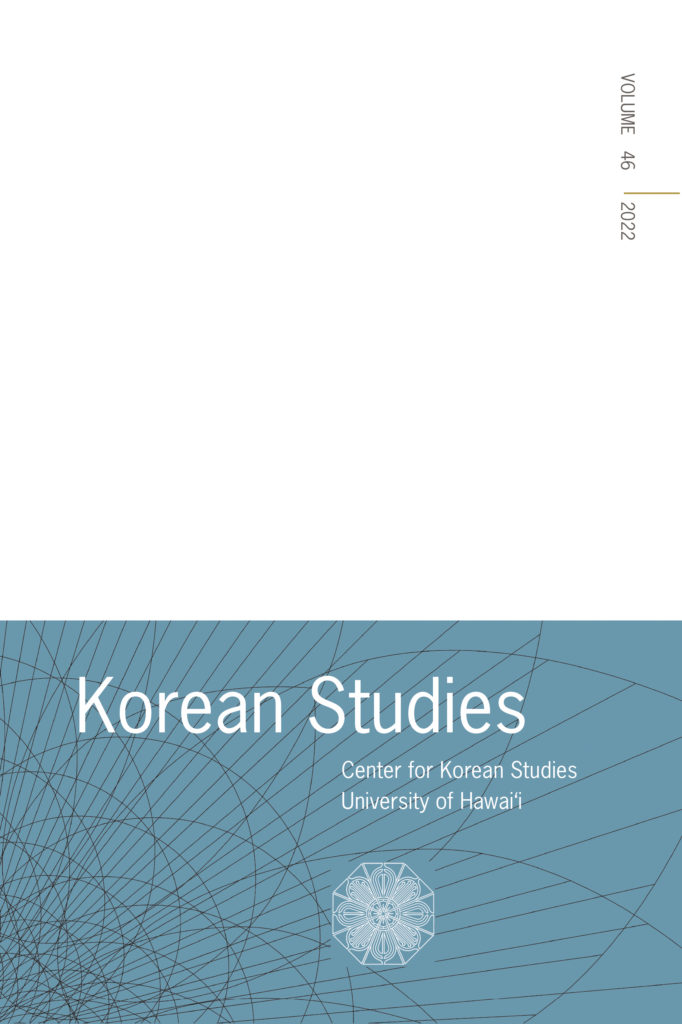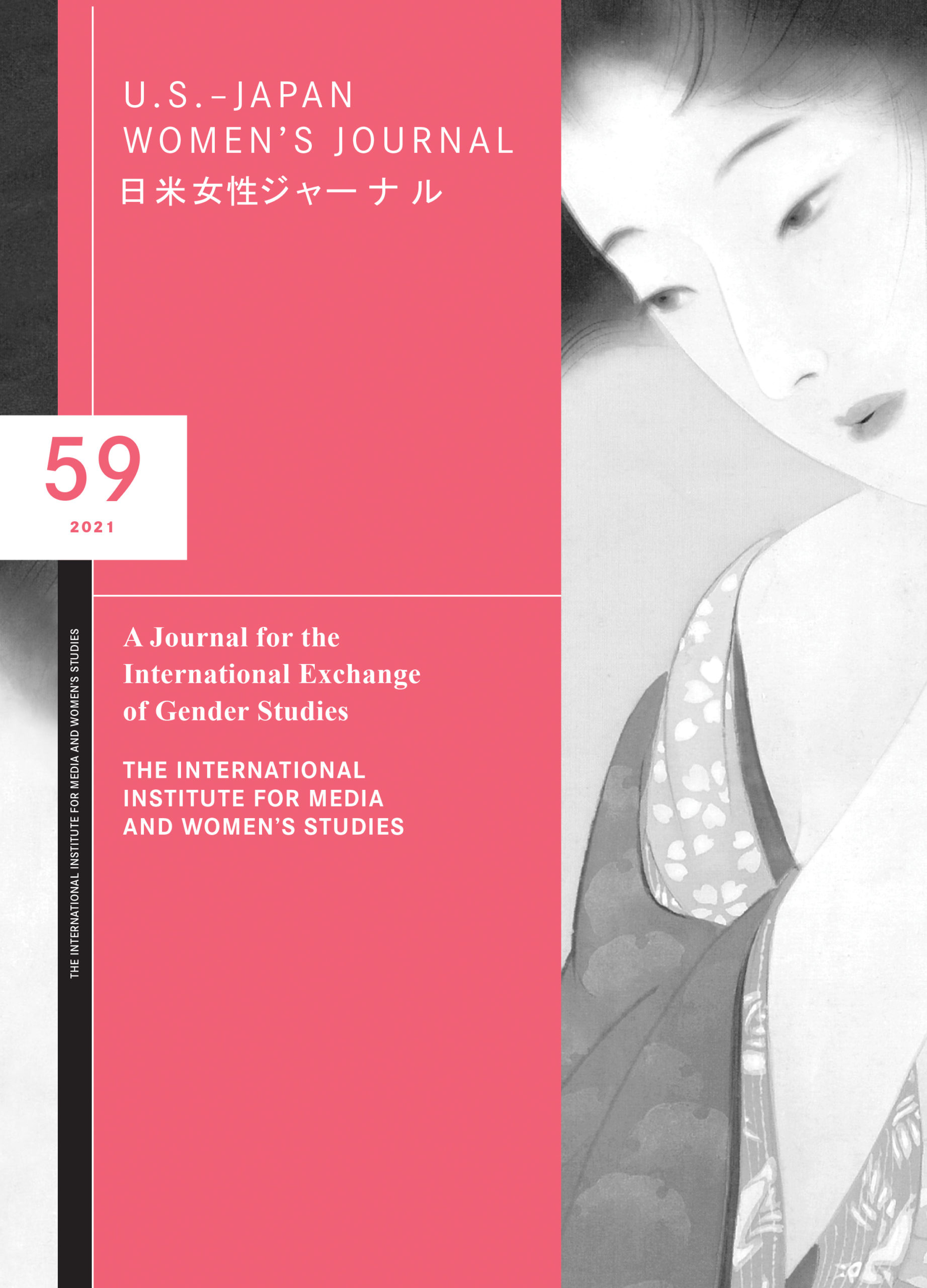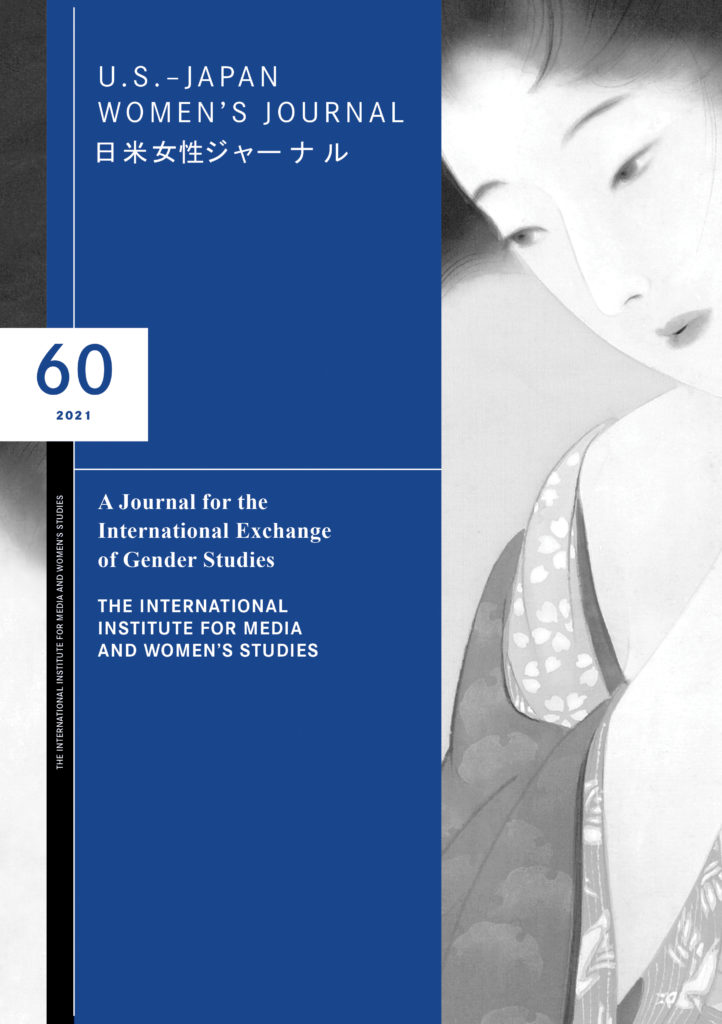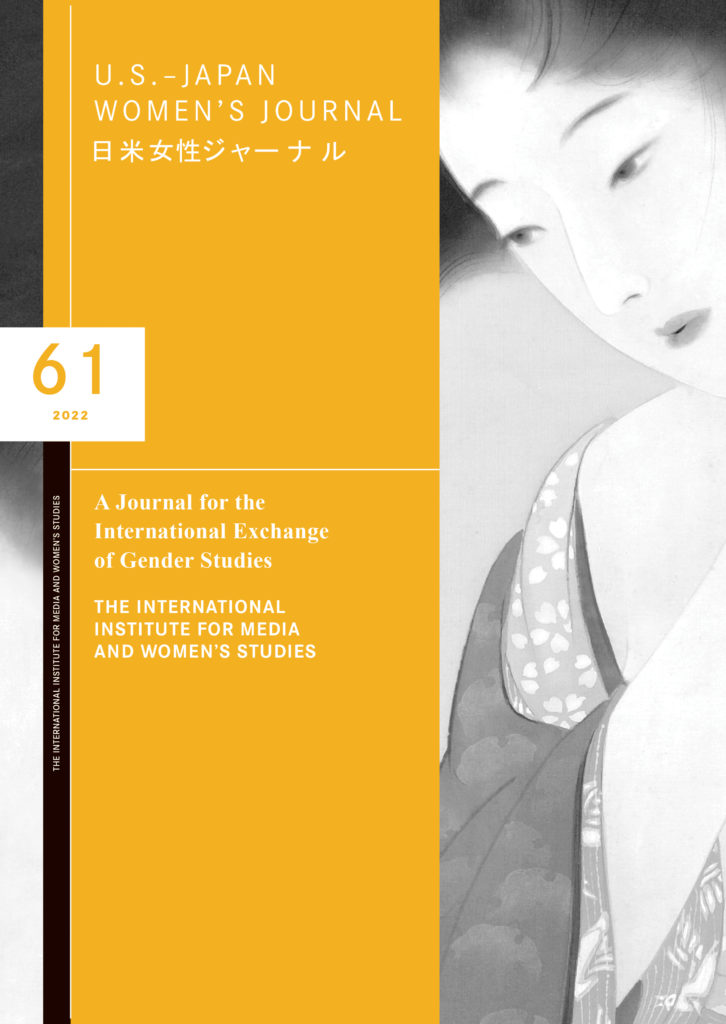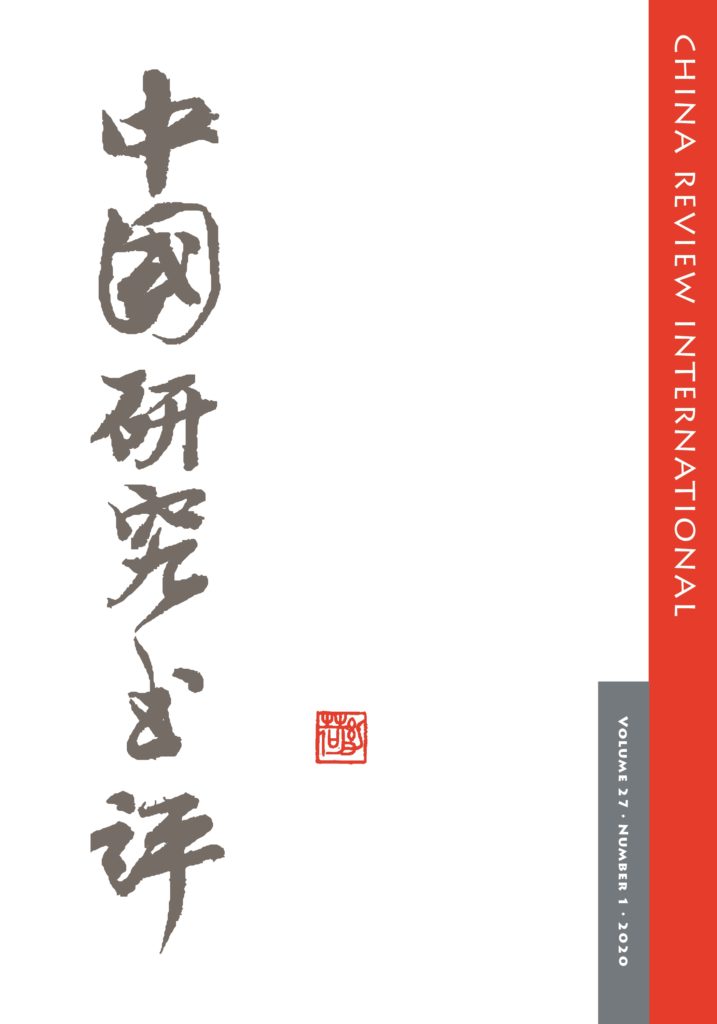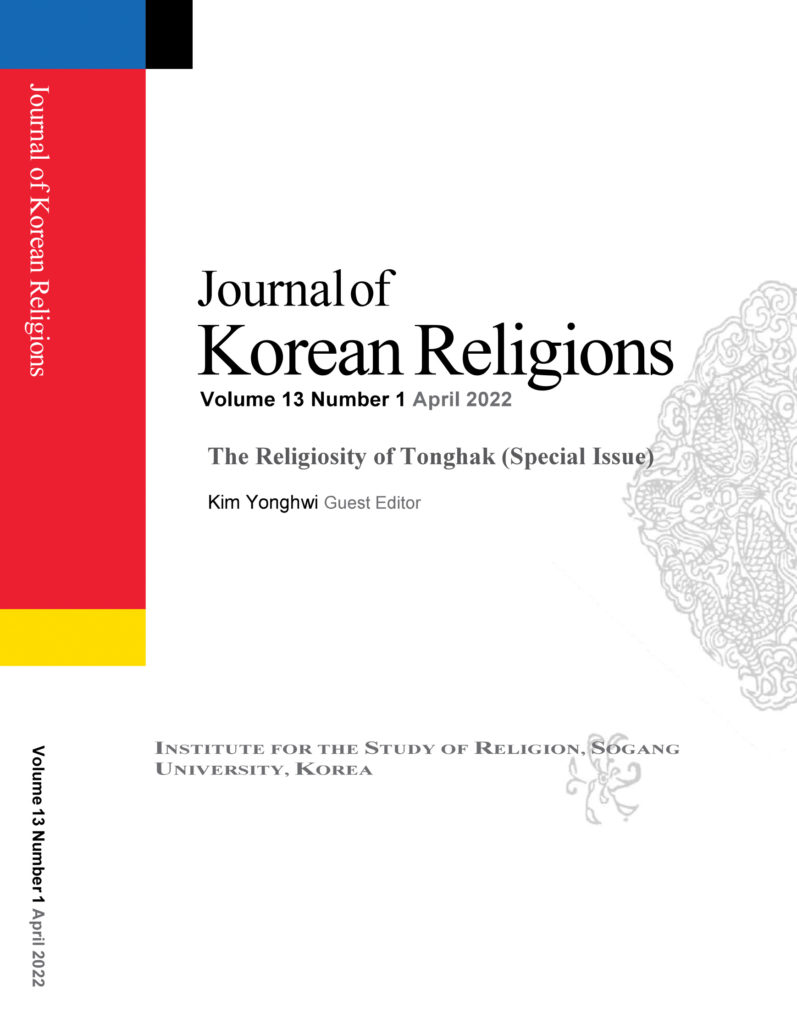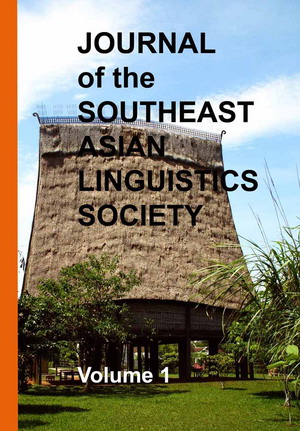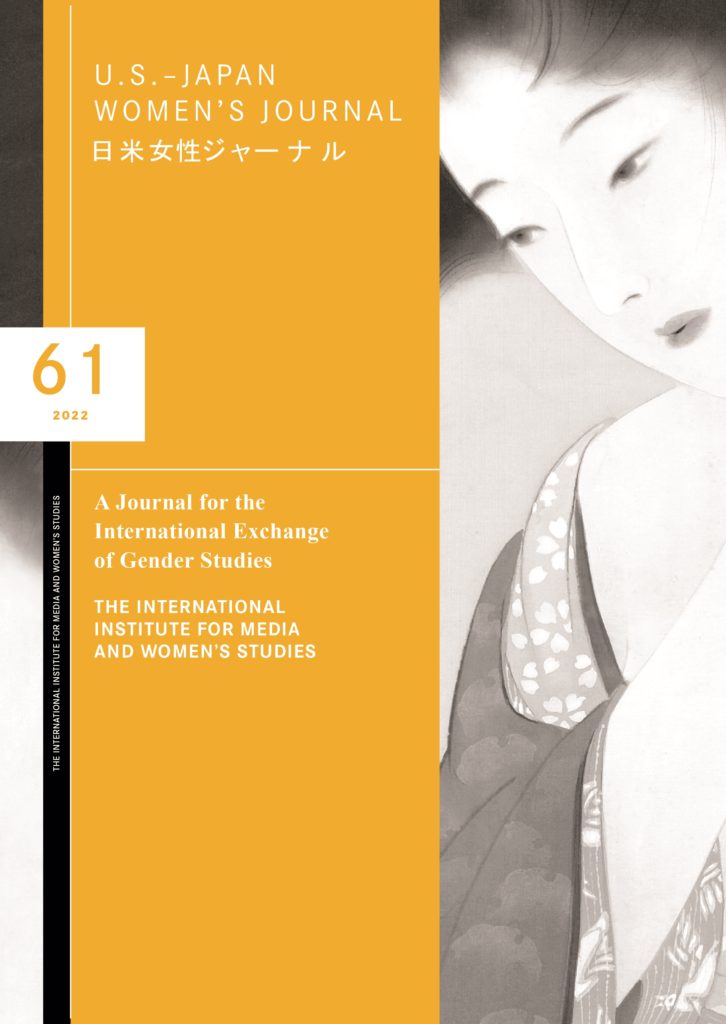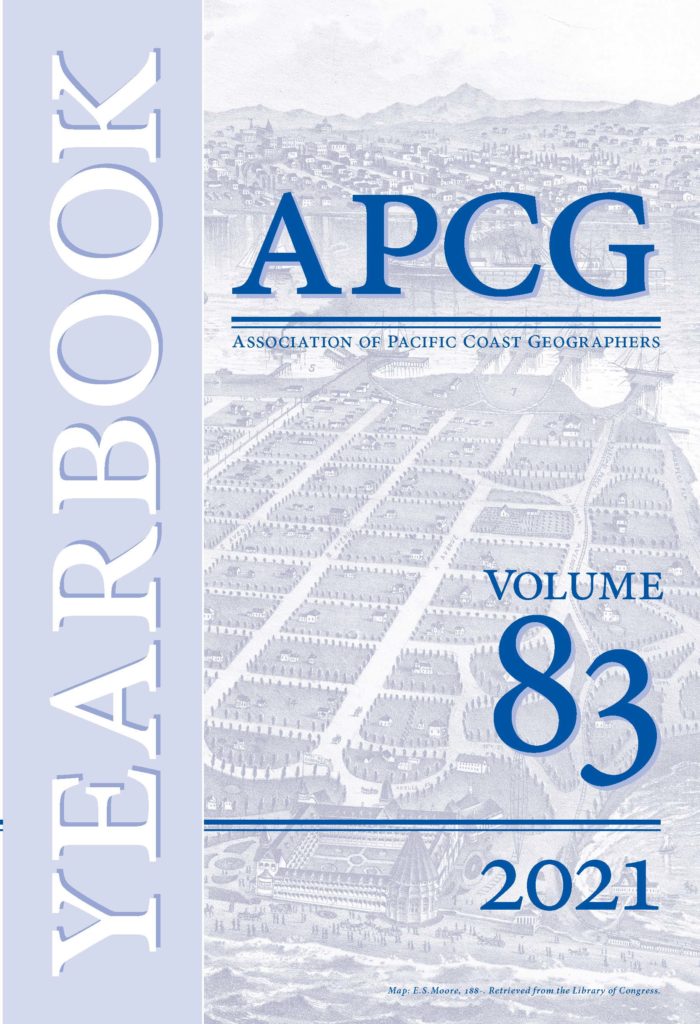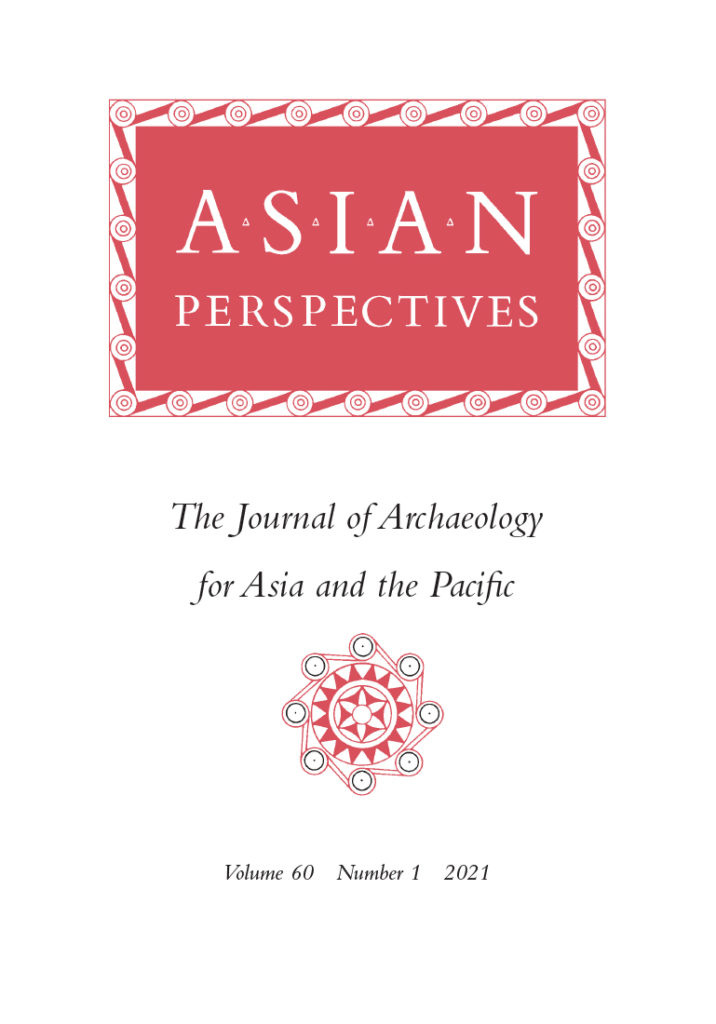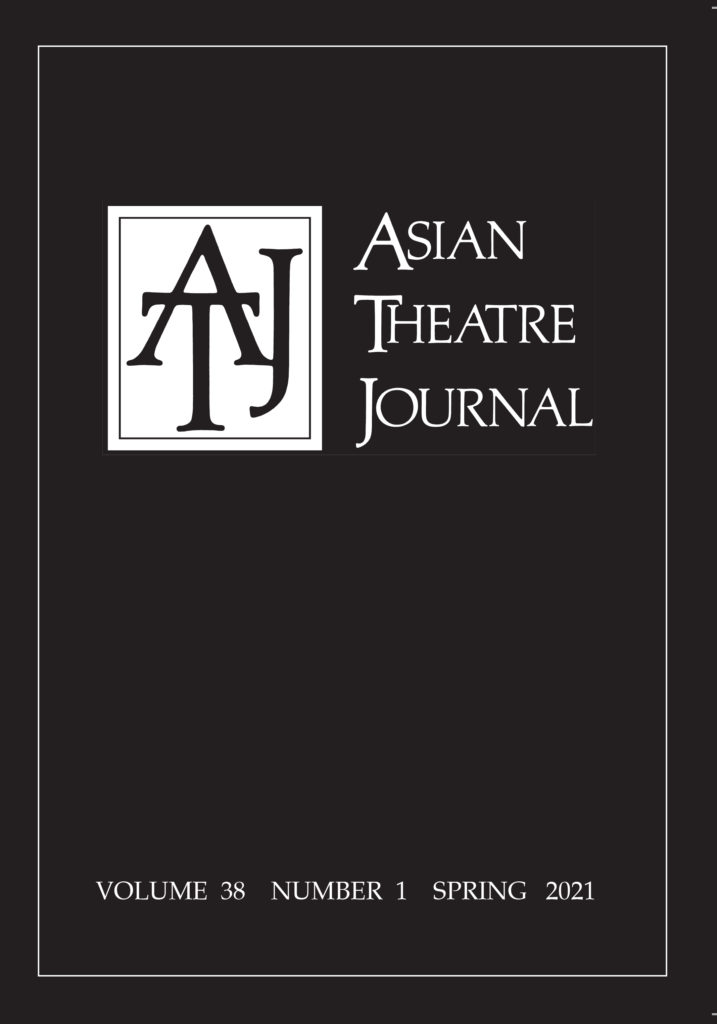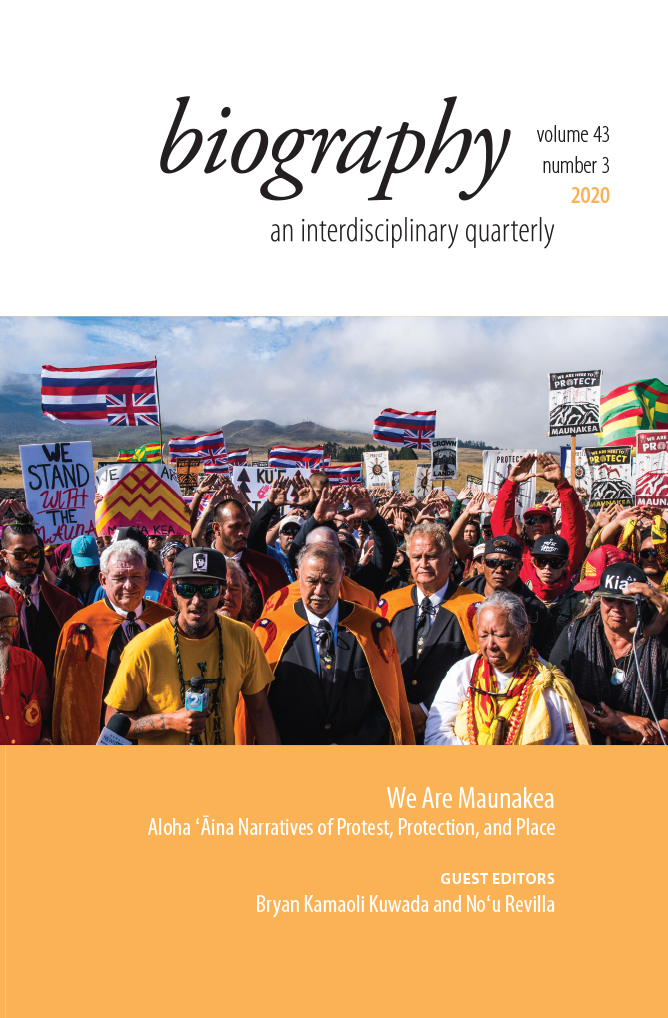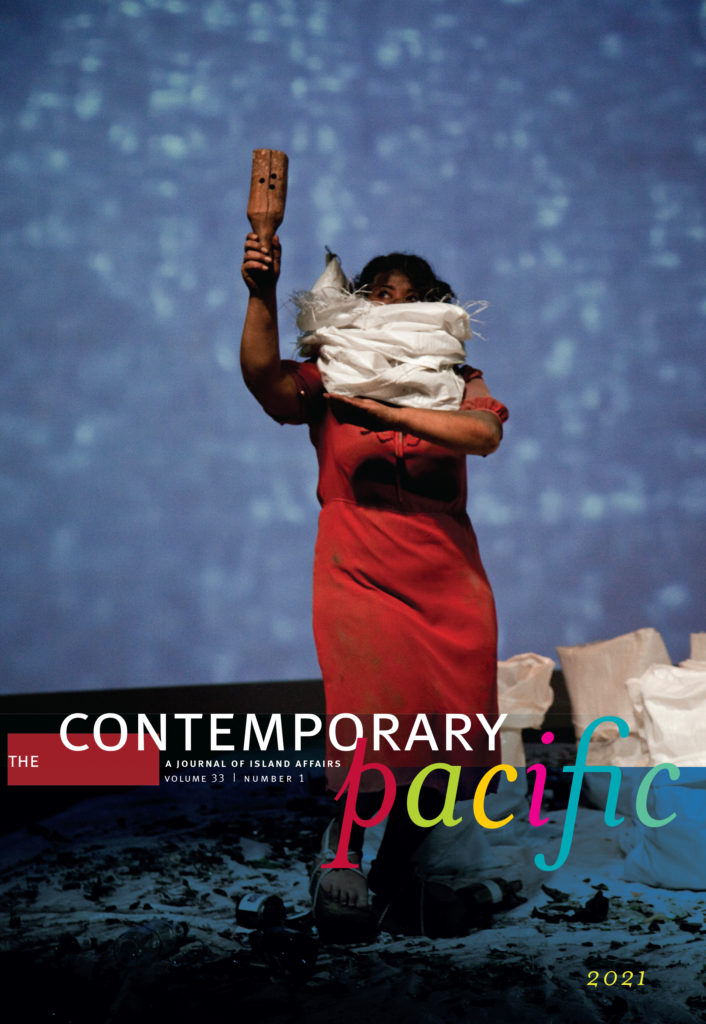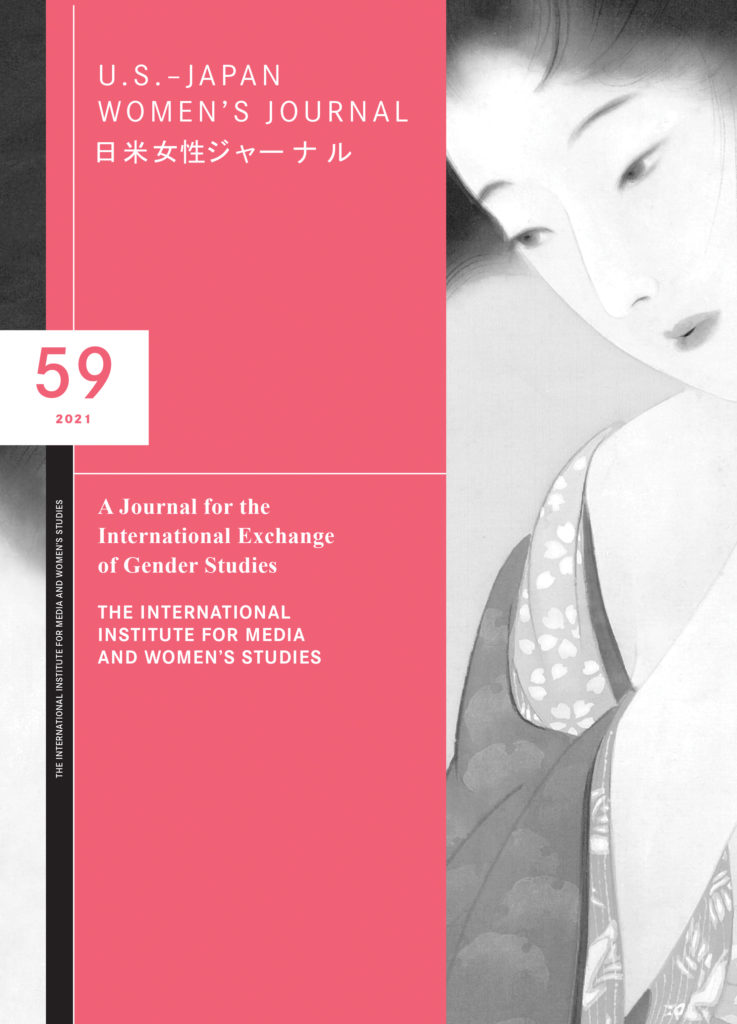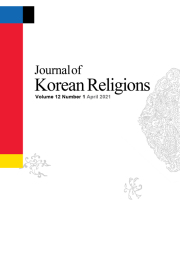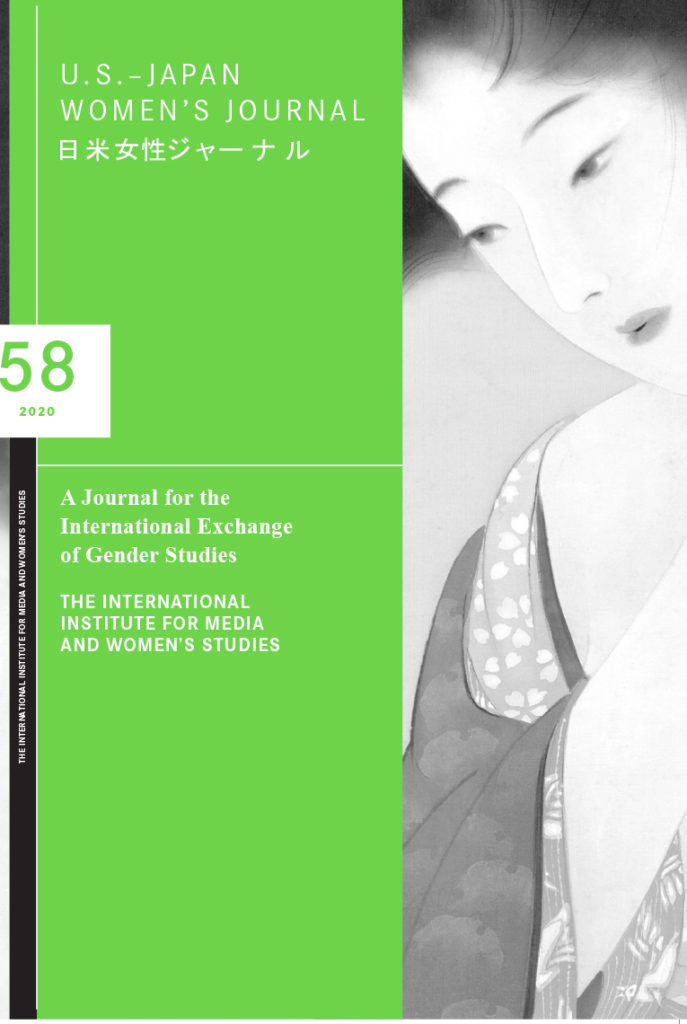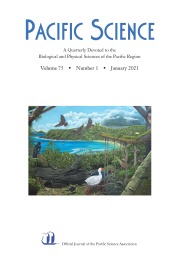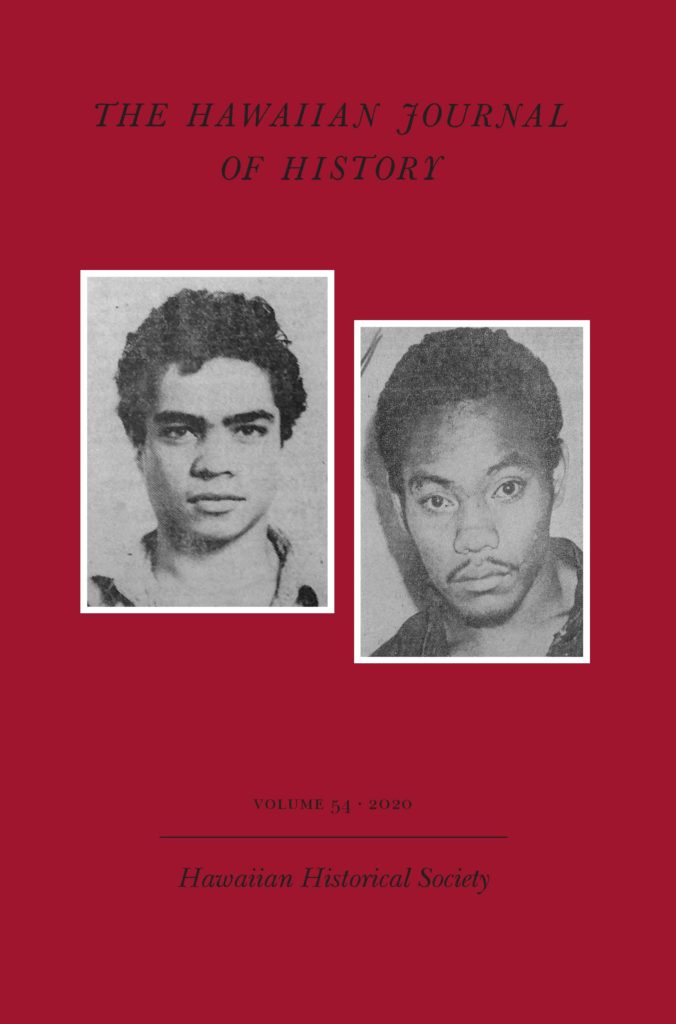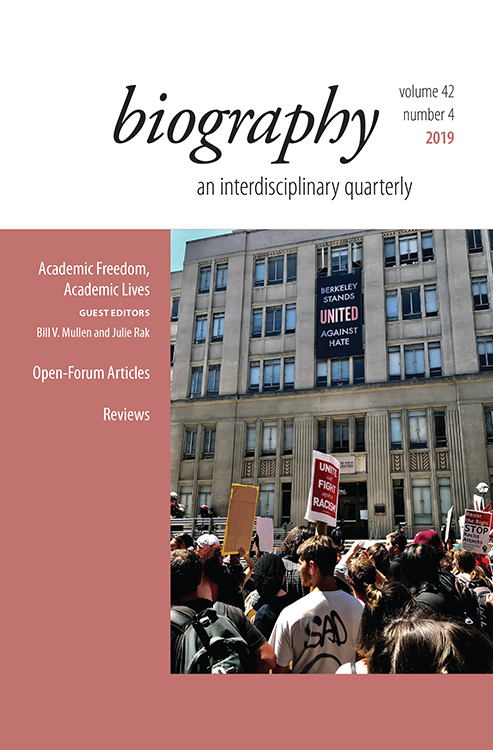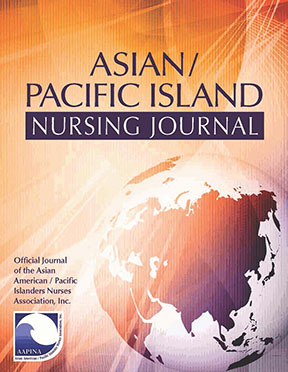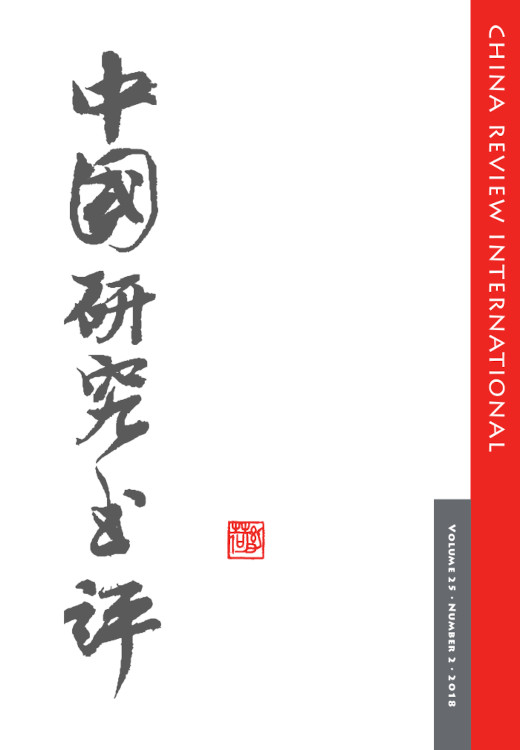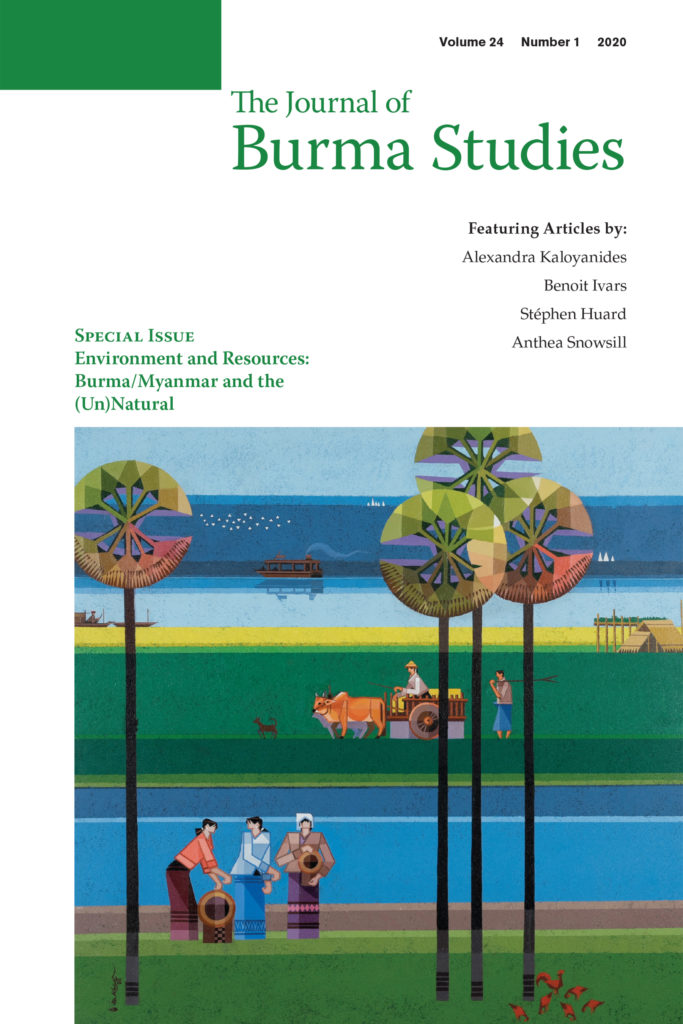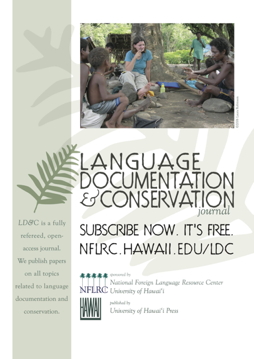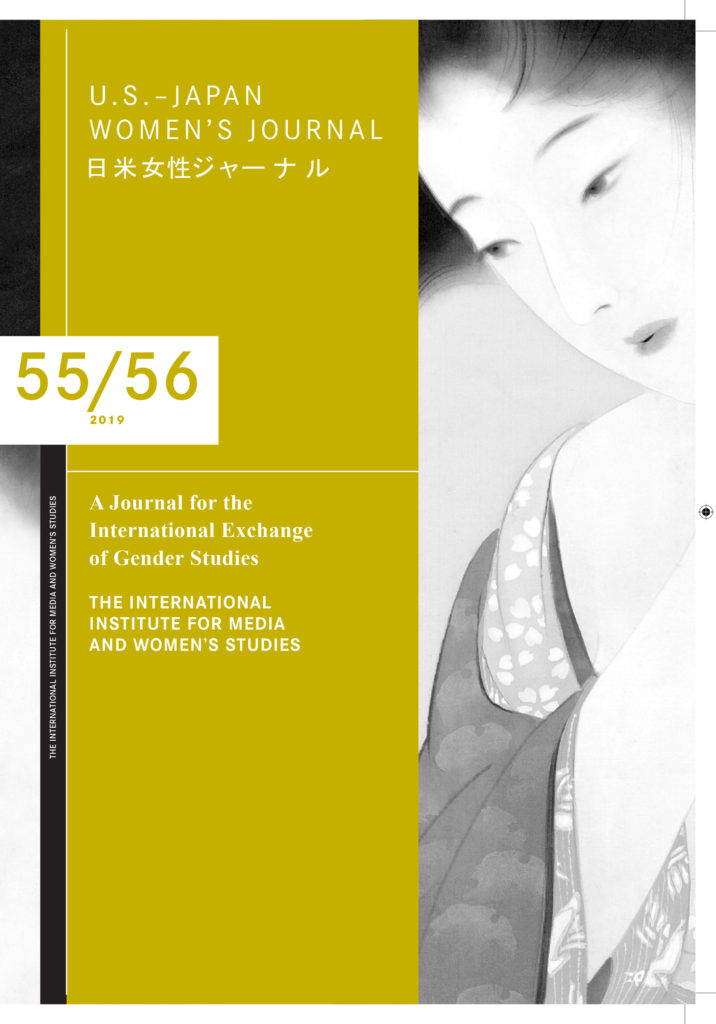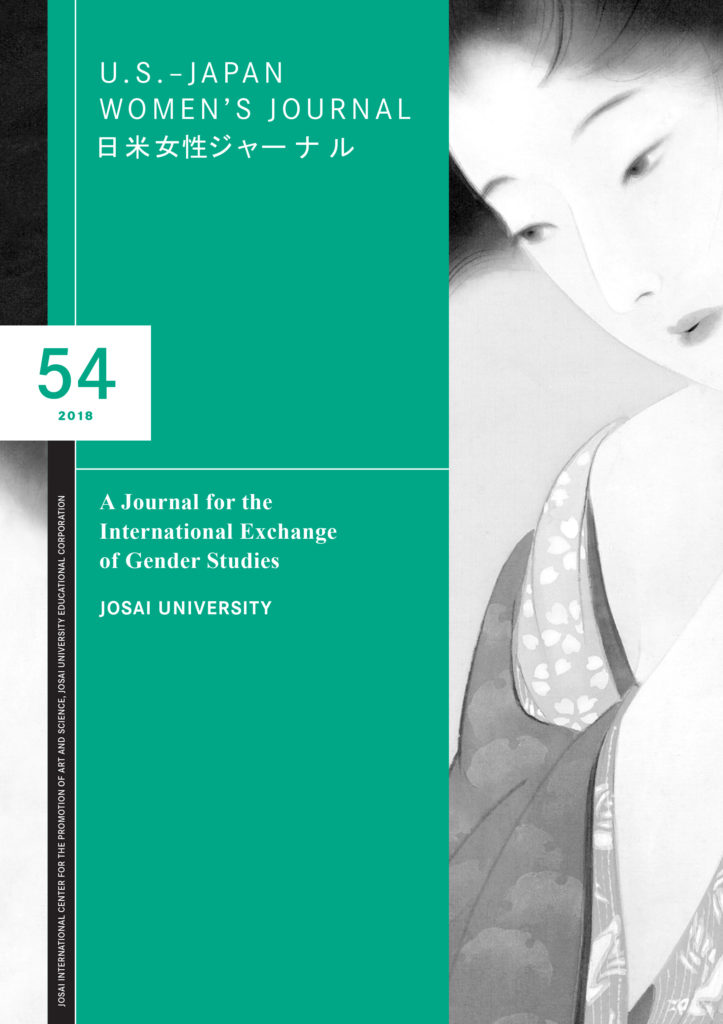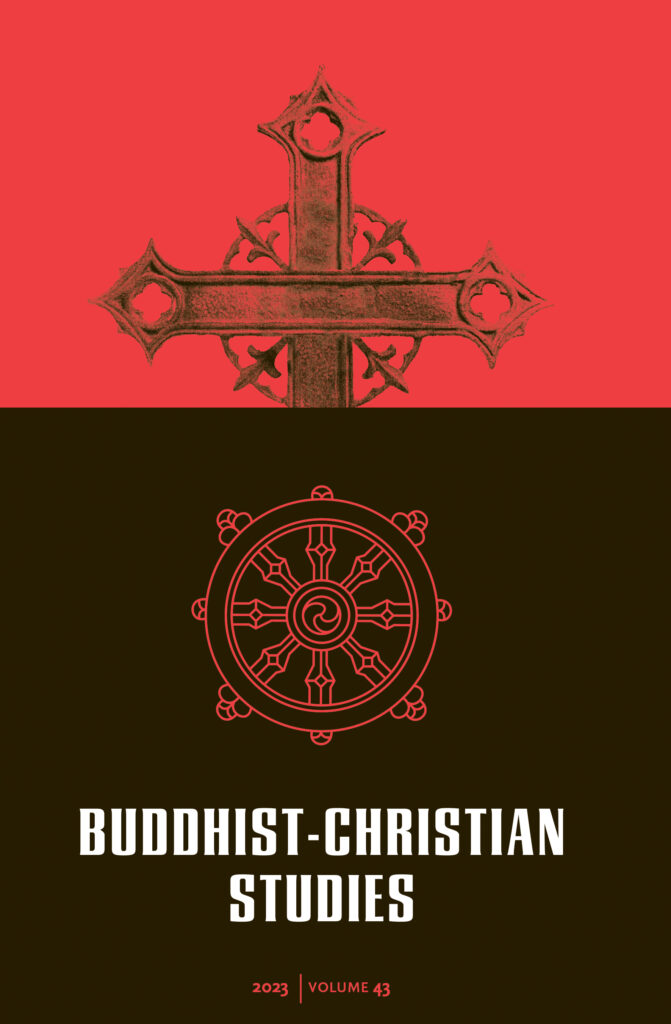
Buddhist-Christian Studies
Volume 43 (2023)
The Lord’s Prayer in the Light of Shin-Buddhist-Christian Comparative Considerations
Perry Schmidt-Leukel
Ascent to the Immaterial? Cosmology, Contemplation and the Self
Dr. Stephanie Cloete
The Nirvana Controversy: A Comparison of the Pelagian Controversy and Buddhist Views of Liberation
Lee Clarke
The World and the Desert: A Comparative Perspective on the “Apocalypse” between Buddhism and Christianity
Federico Divino and Andrea Di Lenardo
Vietnamese Catholics in the United States and Americanization: A Sociological and Religious Perspective
Peter C. Phan
Find more articles and reviews at Project MUSE.
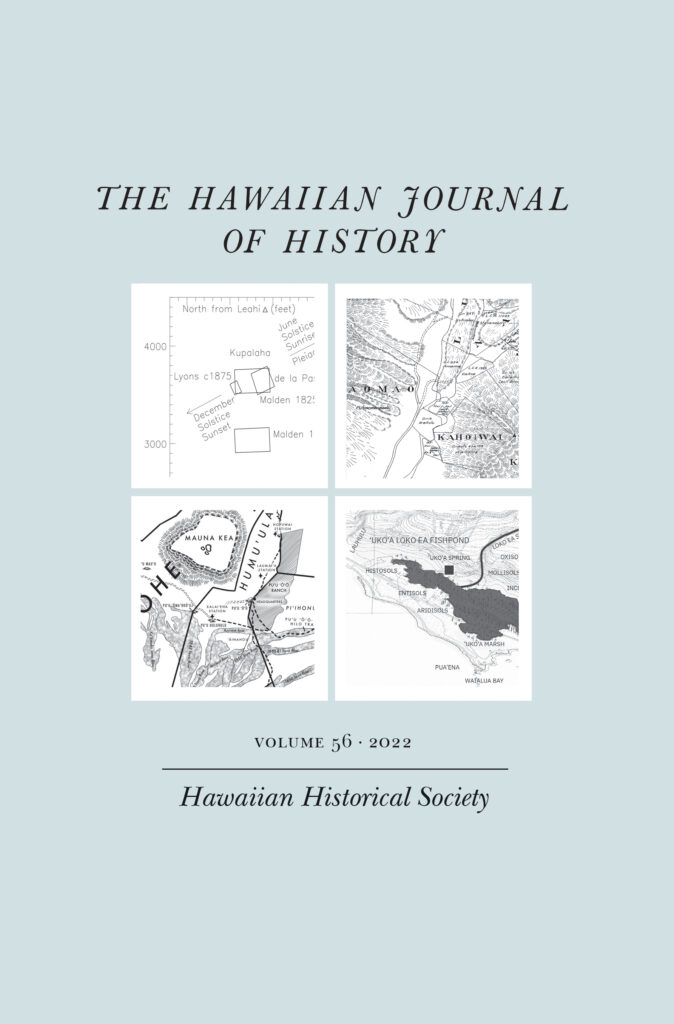
Hawaiian Journal of History
Volume 56 (2022)
The Location and Astronomical Orientation of the Kupalaha Heiau at Diamond Head
J. Patrick Henry
In Search of Puka’ōma’oma’o, Ka’ahumanu’s Retreat in Mānoa Valle
Patrick V. Kirch, Jillian A. Swift, and Mark Oxley
The History of a Hospital Name Tripler: Part 1, 1898–1941
Mark Burnett
A History of Ranching Operations in the Saddle Region of Hawai’i Island
Charles M. Langlas
Find more articles and reviews at Project MUSE.
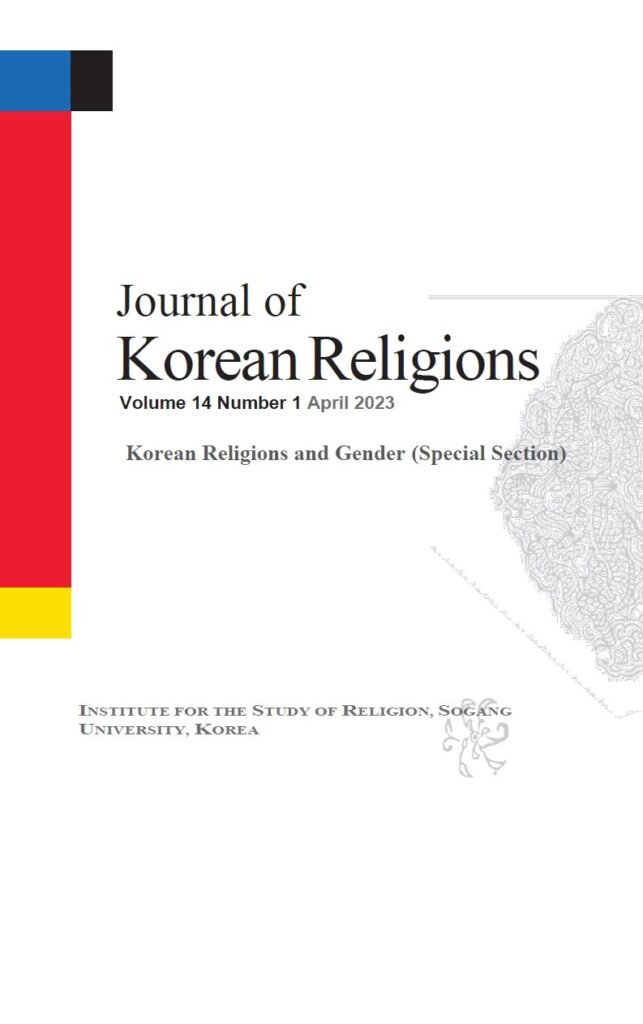
Journal of Korean Religions
Volume 14, Number 1 (2023)
Practicing Motherhood and Forming Matrilineal Solidarity: A Counter-cultural Response to the Patrilineal Confucian Family in the Works of Park Wansuh (1931–2011)
Haewon Yang
The Practical Confucianism of Yi Sajudang 李師朱堂: Focusing on Her Life Choices and Theory of Education
So-Yi Chung
Buddhist Rituals of Ch’ilsŏng, the Seven Stars of the Great Dipper, in Chosŏn Korea
Seong Uk Kim
Religion and the Cold War: A View from Korea
Heonik Kwon
Find more articles at Project MUSE.
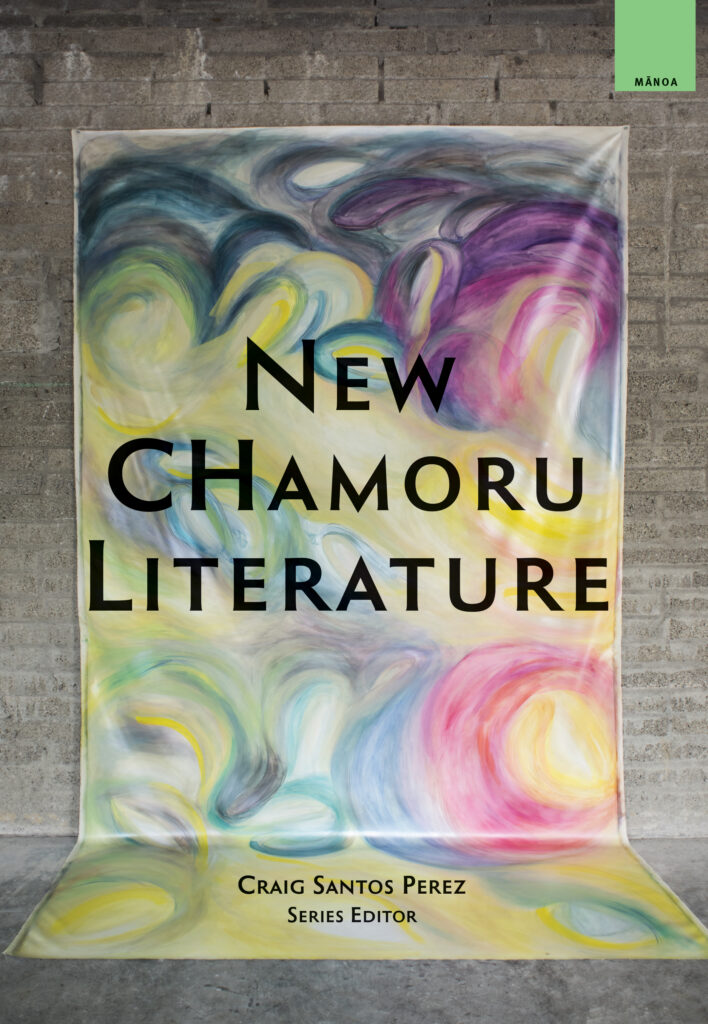
New CHamoru Literature
Volume 35, Number 1 (2023)
Hami Hu Ma’hasso Hamyo
Jay Baza Pascua
My First Time Alone in Ritidian’s Cave
Jacob l. Camacho
Maga’leena
Yasmine Romero
Songs of the South
Humlåo Evans
Aunty’s Candle
Mary Therese Perez Hattori
Find more literature at Project MUSE.
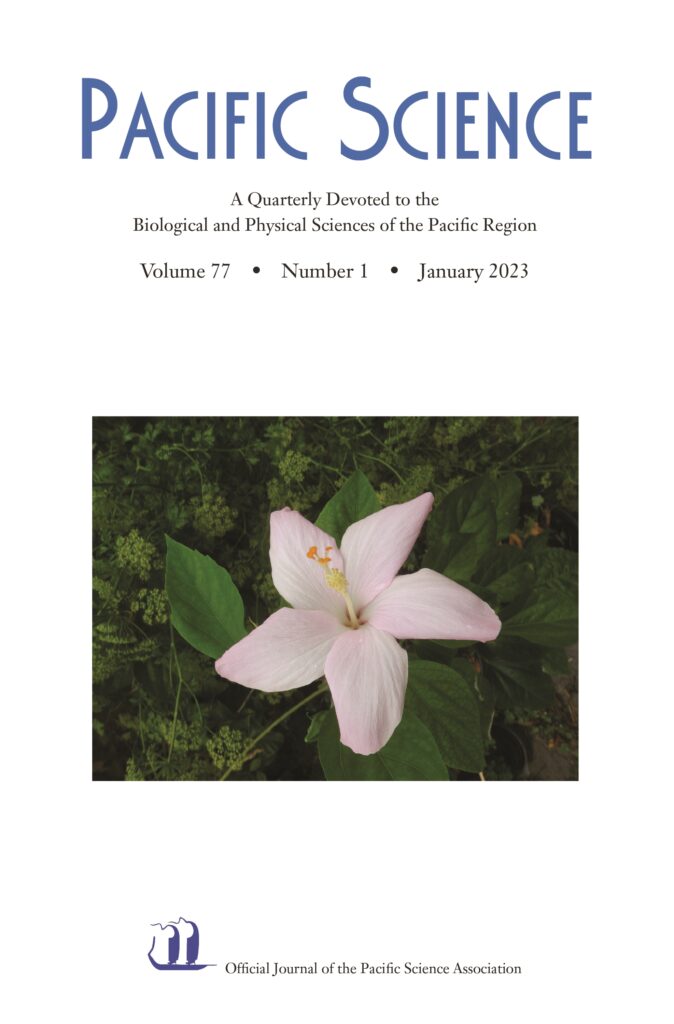
Pacific Science
Volume 77, Number 1 (2023)
Impacts of Tropical Rainforest Conversion on Soil Nutrient Pools in Viti Levu, Fiji
Shipra Shah and Ami Sharma
Automated Recording Unit Detection Probabilities: Applications for Montane Nesting Seabirds
Andrew J. Titmus and Christopher A. Lepczyk
On the Origin and Current Distribution of the Oceania Snake-Eyed Skink (Cryptoblepharus poecilopleurus) in the Hawaiian Archipelago
Valentina Alvarez, Samuel R. Fisher, Anthony J. Barley, Kevin Donmoyer, Mozes P. K. Blom, Robert C. Thomson, and Robert N. Fisher
Abarenicola pacifica Burrowing Behavior and Its Implications for Zostera marina Seed Burial, Restoration, and Expansion
Ryley S. Crow, Rachel Merz, Megan Dethier, and Sandy Wyllie-Echeverria
Differences in Feeder Visitation by Invasive Rose-Ringed Parakeets (Psittacula krameri) Between Hawaiian Islands
Steven C. Hess, C. Jane Anderson, Eric A. Tillman, William P. Bukoski Aaron B. Shiels, Page E. Klug, Shane R. Siers, and Bryan M. Kluever
Find more research articles at Project MUSE.
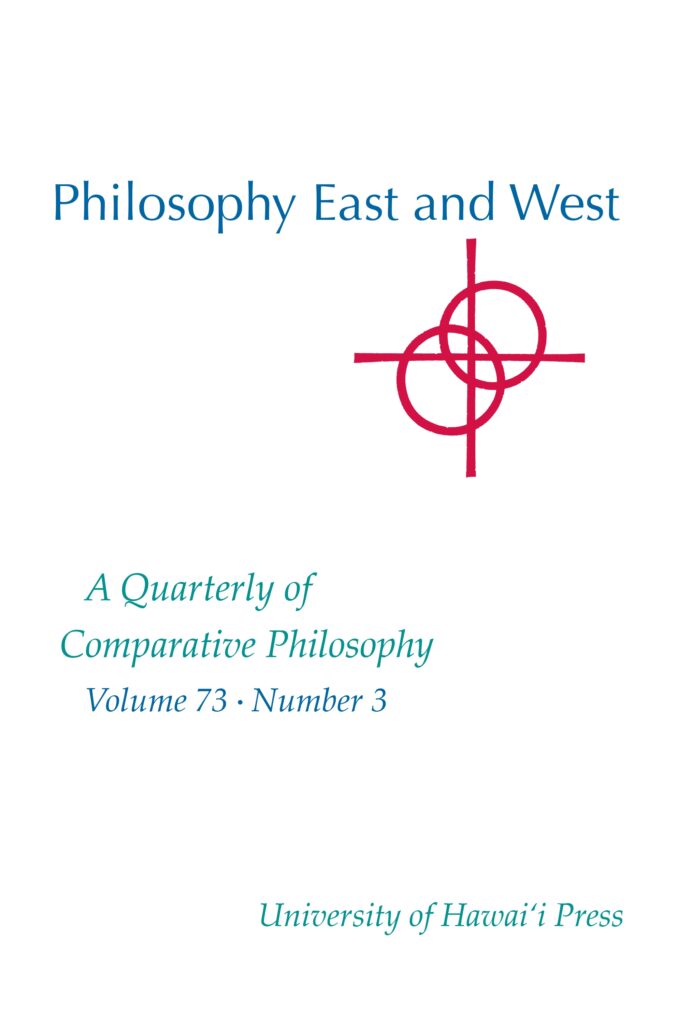
Philosophy East and West
Volume 73, Number 3 (2023)
The Glory of the Scholar: The Nexus of Beauty and Intellect in Chinese and Rabbinic Literature
Aryeh Amihay and Lupeng Li
Ren and Civic Friendship
Mark Kevin S. Cabural
Hanau Kanaka o Mehelau: The Advent of Humanity in the Kumulipo
Michael David Kaulana Ing
Is All Due to Karma? The Buddha’s Stance
Tse-fu Kuan
Techniques of the Self: Nourishing Life as Art of Living
Li Manhua
Find more research articles and reviews at Project MUSE.
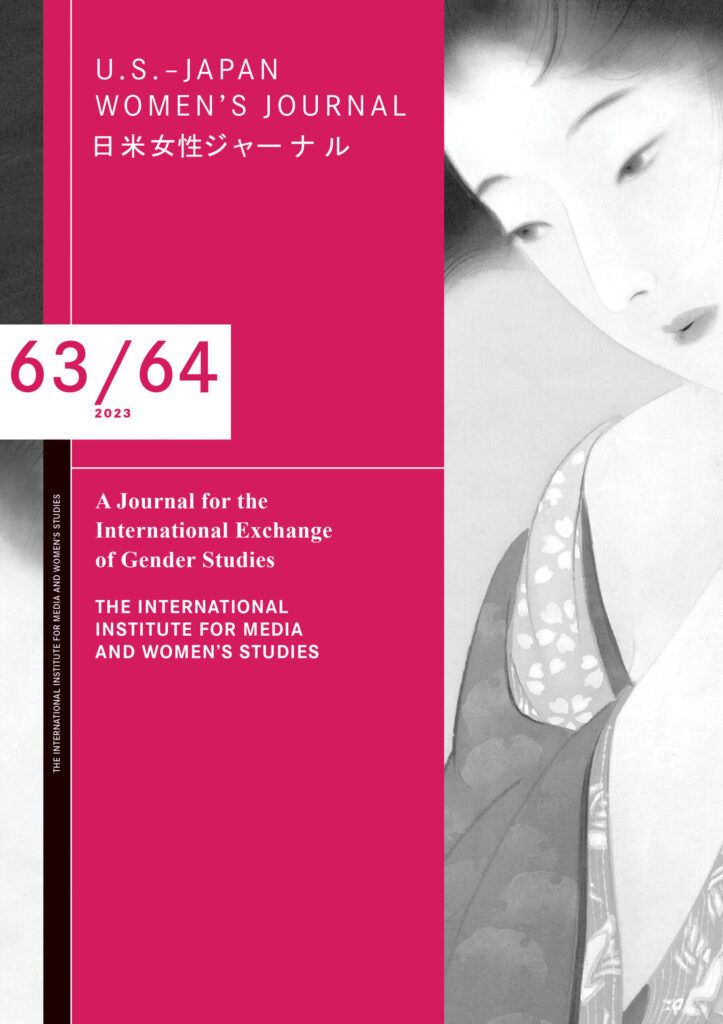
U.S.-Japan Women’s Journal
Double Issue: Volume 63/64 (2023)
Defending the Samurai: Alice Mabel Bacon and Meiji Japan at War / 侍を擁護して:アリス・メーベル・ベーコンと戦時下の明治日本
Joseph M. Henning
Koigoromo (Robe of Love) Part 1: An Introduction and Translation of Yamakawa Tomiko’s “White Lily” / 『恋衣』英訳(1) :解説、山川登美子の「白百合」
Nicholas Albertson
Find more research articles and reviews at Project MUSE.





